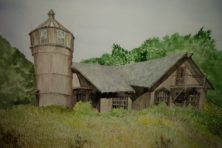Maintaining Native Landscapes
- Share
- Tweet
- Pin
- Share

The Door Peninsula is a special place, blessed with a great diversity of landscapes, natural habitats and biology. In a short jaunt, one can venture from dry, towering cliffs with sweeping vistas of Green Bay to low, wet swales near the Lake Michigan shore that are dense with cedars and lush with ferns and orchids. The peninsula is a treasure trove of diverse natural habitats that provide home for a wider array of plants and animals than nearly anywhere else in the Great Lakes region. Accordingly, regional scientists and our Wisconsin Department of Natural Resources (WDNR) have recognized many areas of Door County as globally significant habitat. Within these world-class landscapes, there are more rare, endangered and threatened plants and animals than in any other county in Wisconsin. In addition, such fragile species are more concentrated in Door County than in any other county in the state. When it comes to biological diversity, Door County reigns supreme.
This rich natural capital comes with a great stewardship responsibility. Drastic changes have already occurred on the land and the native ecosystems of the Door Peninsula will not endure intact indefinitely without sound land management decisions and proactive long-term stewardship. Organizations such as The Ridges Sanctuary, The Nature Conservancy and the Door County Land Trust, along with agencies such as the WDNR Bureau of Endangered Resources and U.S. Fish and Wildlife Service, have been leading conservation efforts. None of these groups, or the natural areas that they are working to protect, can function in a vacuum. Most of the land on the Door Peninsula is in private hands and will be forever. Therefore, residents and visitors also must work to safeguard our native landscapes. All future generations are depending upon us to do so. Rich biological diversity is integral to the identity of Door County. Deepening an understanding and appreciation of our natural assets is in our best interest. After all, vibrant native diversity means a vibrant Door County.
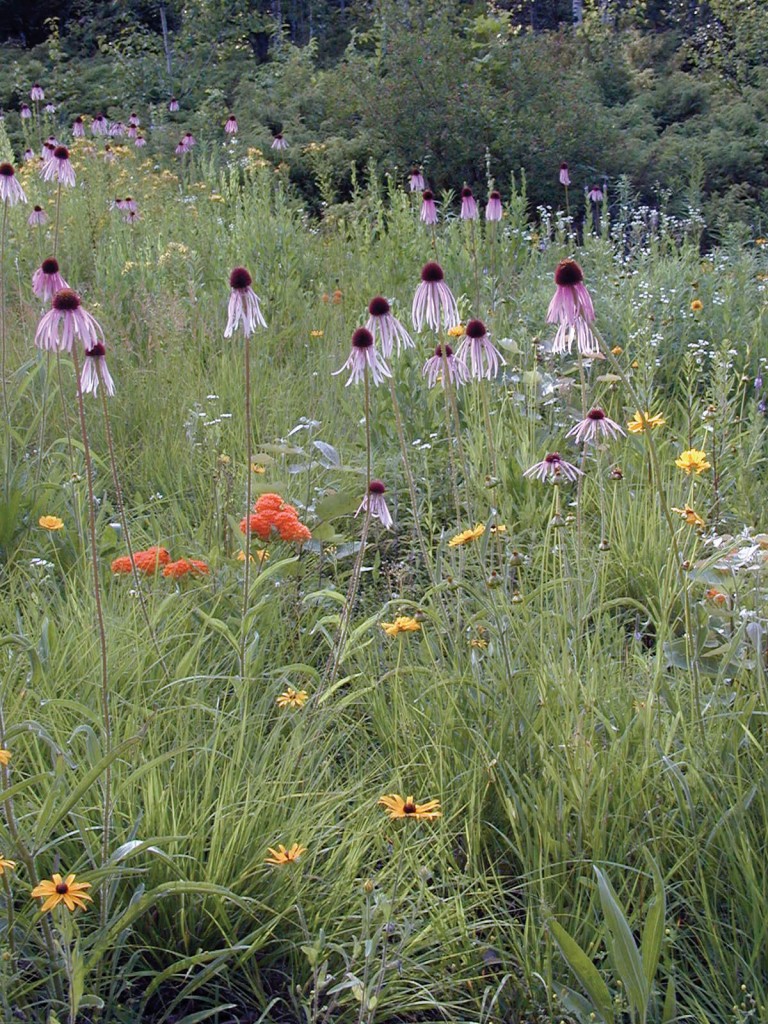
To help guide management decisions, it is important to understand the region’s natural history. Before our European ancestors arrived, the Door Peninsula was almost entirely forested. Tall, ancient trees once covered the land and the tree canopy of this old-growth wonderland was virtually unbroken. Stretching from coast to coast, abundant conifers like white pine, spruce and hemlock shaded a vast array of understory trees, shrubs and plants. The clear-cutting of the peninsula that began in the mid-1800s and the subsequent intensive agricultural use of the land drastically reduced biodiversity across much of the county. In time, cleared woods and farm fields left fallow naturally trend back to ancient forest cover and diversity, but there is stiff competition. Over the years, the importation and widespread use of exotic plants has altered the ecological fabric of Door County. Aggressive, non-native plants, shrubs and trees such as buckthorn, exotic bush honeysuckle, garlic mustard and reed canary grass often out compete natives for space in the oldfields, disturbed areas, and recovering forest areas. These invaders are detrimental to the recovery of our native landscape.
Improving native biodiversity in your corner of the county can be as simple as letting things be or may require restoration intervention. The following is a list of landscaping perspectives and tips:

- Take a soft approach to landscaping. Imitate nature. Think old growth. Emphasize the natives that are already present and plant more. There is no better way to honor a place than to nurture, encourage and plant native species. After all, they belong! Native plants and trees are the sustainable choice as they are evolved to the climate and need less maintenance. Importantly, as cornerstones of the intricate natural web of life, native plants and trees support innumerable native animals and insects.
- Nature is messy. Resist the urge to conform your Door County property to the tidiness of an urban yard. Manicure less lawn. Relax and enjoy more natural spaces … and the dead trees, too! When it is safe to do so, leave dead trees. Dead trees, snags and stumps harbor tremendous amounts of life. They are important for many bird species and once on the ground are home to invertebrates and salamanders and act as nurse logs for future trees. Keep branches and leaf litter on site also. Brush piles can function as wildlife cover and last year’s leaves make great mulch.
- Minimize soil disturbance. Invasive species thrive in exposed soil and disturbed areas. If embarking upon a project, remove these weed species first or at least prevent them from seeding.
- Be vigilant about invasive species. They are a serious threat to the well being of natives. Removal of well-entrenched invasives is a daunting, yet worthwhile and rewarding task. When it comes to invasives, an ounce of prevention is worth ten pounds of cure. Invasive plants and shrubs spread fast in ecological terms and are difficult and expensive to control once established. Catch weed species early before they begin seeding and proliferating on your property.
- Landscape with local stone. Enjoy exposed bedrock if you are lucky enough to have it. Some of our most interesting and delicate creatures such as rare ferns and land snails thrive on shaded, mossy outcroppings and boulders of the peninsula’s porous sedimentary bedrock. Flowers like harebell, arctic primrose and herb-robert are adapted to life in exposed rock fractures and cavities. Even a small rock garden can harbor some very interesting mosses and plants.
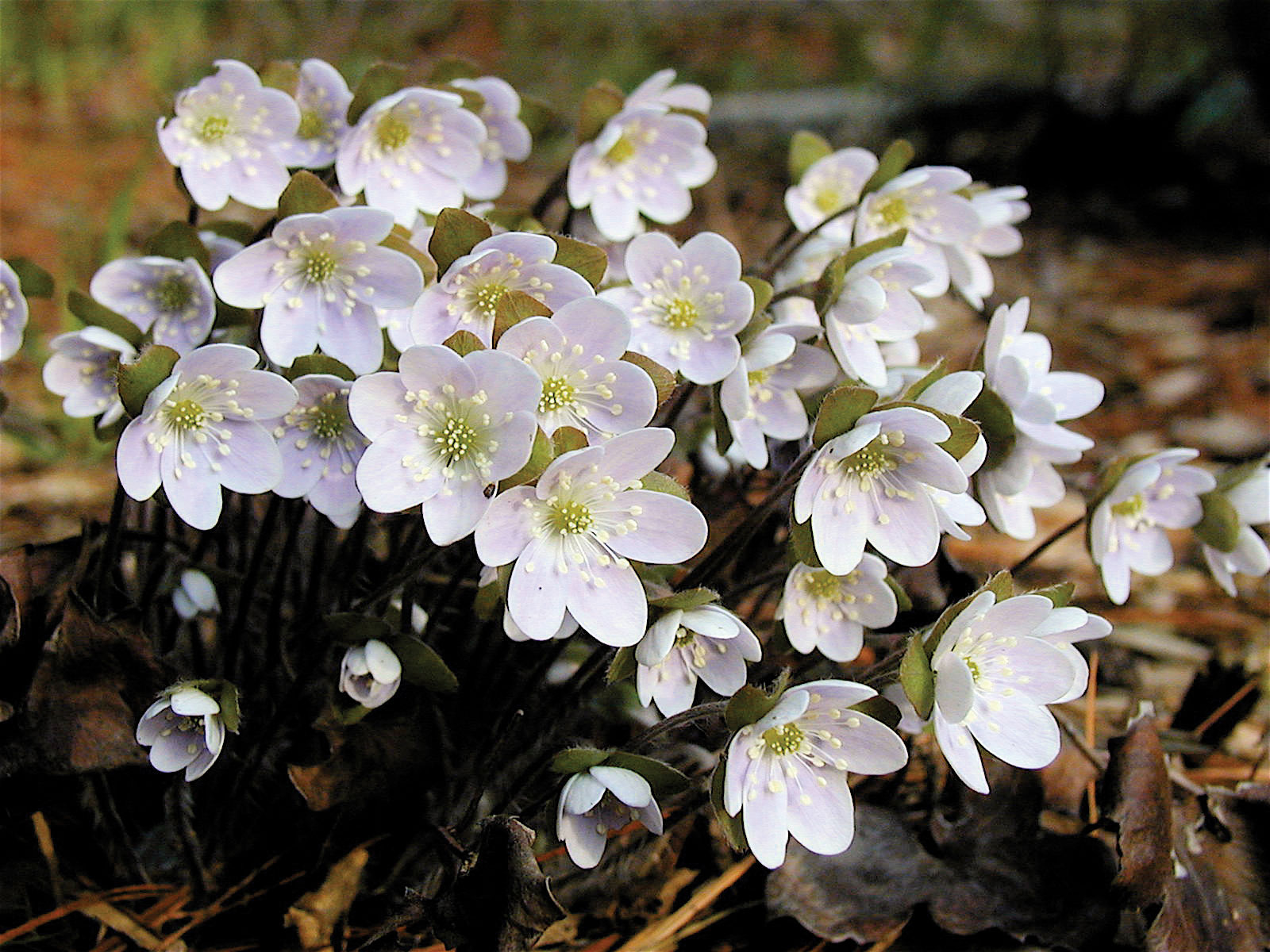
- Make your desire for a native yard known. Communicate with your landscapers and contractors. You are the boss. Make sure that any soil or mulch that is brought onto your property is clean. Many raised septic mounds and mulched areas in Door County have been known to sprout up garlic mustard, dames rocket and other noxious weeds because the soil or mulch that was brought in was contaminated with weed seeds.
- Eat more venison. It is good for you and the forest. Much of our forest was dominated by boreal conifer species like white pine, hemlock and the delicate Canada yew. These are all favorite winter foods for deer. Without wolves, our unnaturally high deer herds are browsing out these species in some areas. Canada yew, once quite common, is becoming a rare sight in our northern woods. Likewise, lady’s-slippers and other rare orchids, and even trilliums, are gobbled up where deer are thick. Installing a deer exclosure is another option to ensuring longevity for your delicate natives.
- Get tapped in. Many resources are available to help guide you on your way to a more ecologically diverse Door County. Learn more about our native landscapes and be proactive in their well being. Attend a lecture, class, or guided nature hike.

Invasive plant and animal pests have the dire potential to disrupt the sometimes delicate balance of all native ecosystems. Weed seeds in soil and mulch, pests on firewood, and aquatic invaders on boats, kayaks and fishing gear can all be introduced accidentally, usually with devastating results. Whether working or playing, “clean” practices are essential. With a little bit of knowledge and awareness, simple steps go a long way toward preventing invasive species problems and safeguarding our rich native biodiversity.
Why is the Door Peninsula so rich in natural capital? Our peninsula is a prominent segment of the Niagara Escarpment, a great rib of exposed cliffs and bedrock ridges (and associated wetland swales and dune complexes) that arch from eastern Wisconsin through Michigan’s Upper Peninsula into Lake Huron and southern Ontario across Niagara Falls and into western New York State. The great array of physical landscapes offered by the Niagara Escarpment corridor straddles the 45th Parallel and the Great Lakes basin. Halfway between the Equator and the North Pole, seasonal extremes are tempered by the moderating effect of the Great Lakes. This results in numerous microclimates. Diverse physical landscapes combined with diverse microclimates yield many habitats for world-class biological diversity. The biological diversity, or biodiversity, of the Niagara Escarpment corridor rivals any other place on Earth with a comparable area of land.
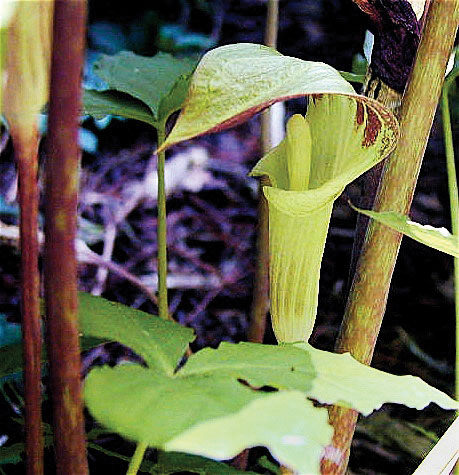
Resources:
- There are many guidebooks on our native plants, trees and animals as well as a growing list of books on the topic of planting native species. Landscaping with Native Plants of Wisconsin, by Lynn Steiner, Voyageur Press 2007, is one example. See your librarian or local bookseller.
- Classes at The Clearing or Björklunden. There are many opportunities for adult environmental education. Jens Jensen, visionary founder of The Clearing, was a tireless proponent of our native landscape. Through course offerings, his teachings (and the wisdom of other significant naturalists) continue.
- Ridges Sanctuary Summer Youth Program. Nature Deficit Disorder is on the rise. Help ensure that the next generation is well connected with our world-class ecosystems by enrolling your kids or grandkids.
- Land stewardship volunteer groups like the Door Stewardship Alliance (DSA), the Door County Invasive Species Team (DCIST), or a Friends Group. DSA is the combined volunteer land stewardship arm of the Door County Land Trust and Nature Conservancy. Both DSA and DCIST hold work parties where participants can learn how to identify and properly control invasive plants, shrubs and trees. Contact [email protected].
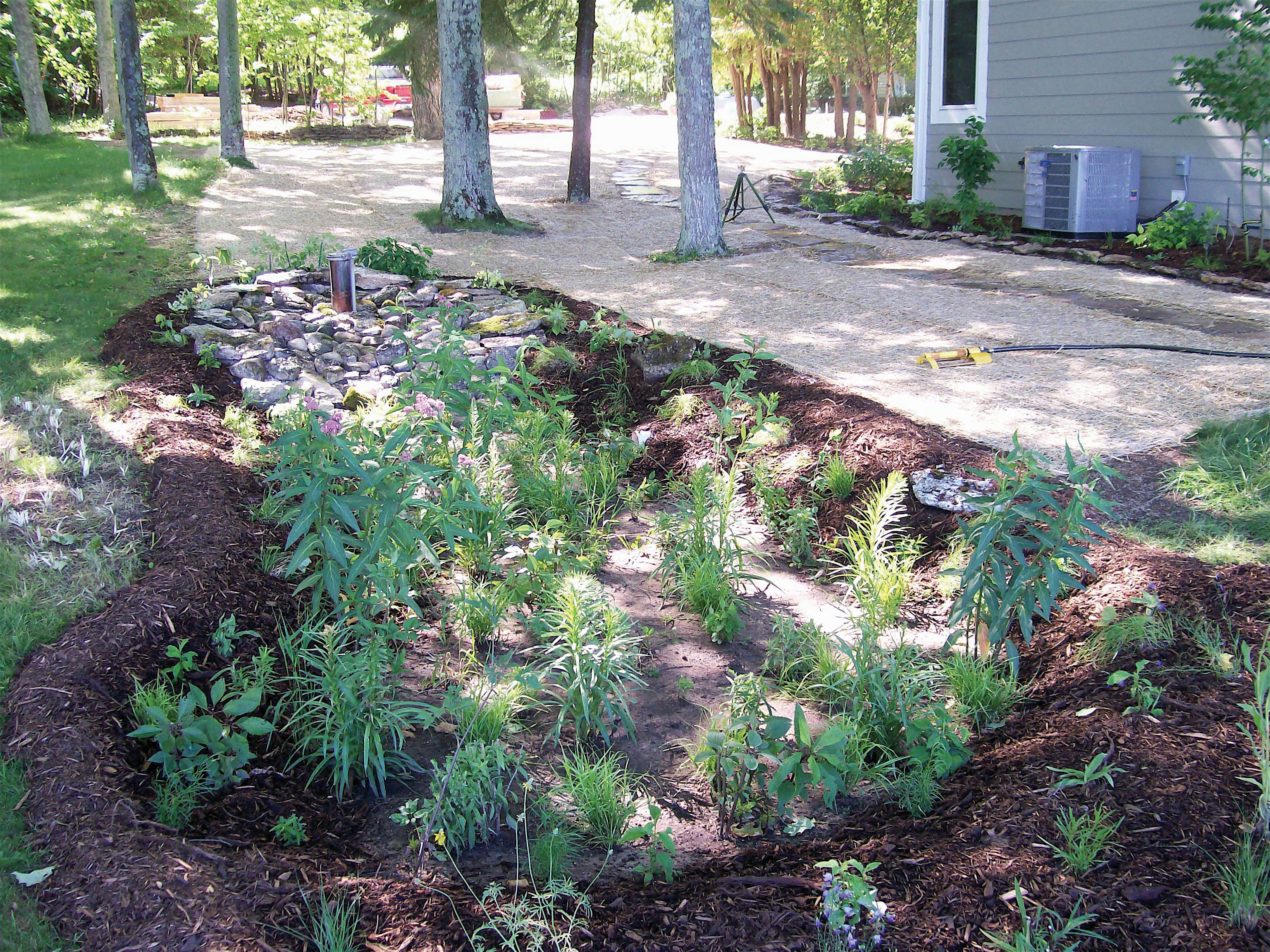
- Wild Ones Natural Landscapers. The Wild Ones is a not-for-profit environmental education and advocacy organization dedicated to native plants and natural landscaping. Their mission is to promote environmentally sound landscaping practices and to preserve biodiversity through the preservation, restoration and establishment of native plant communities. There is an active chapter in Door County. Contact Peter Sigmann at [email protected] or www.for-wild.org.
- Door County Soil & Water Conservation Department annual Spring Tree, Shrub and Native Seed Mix Sale. Order forms are available in December. Pick-up in late April. Call (920) 746-2214.
- Door Landscape. Sustainable landscaping with native plants. Visit www.doorlandscape.com or contact Cliff Orsted at [email protected]


